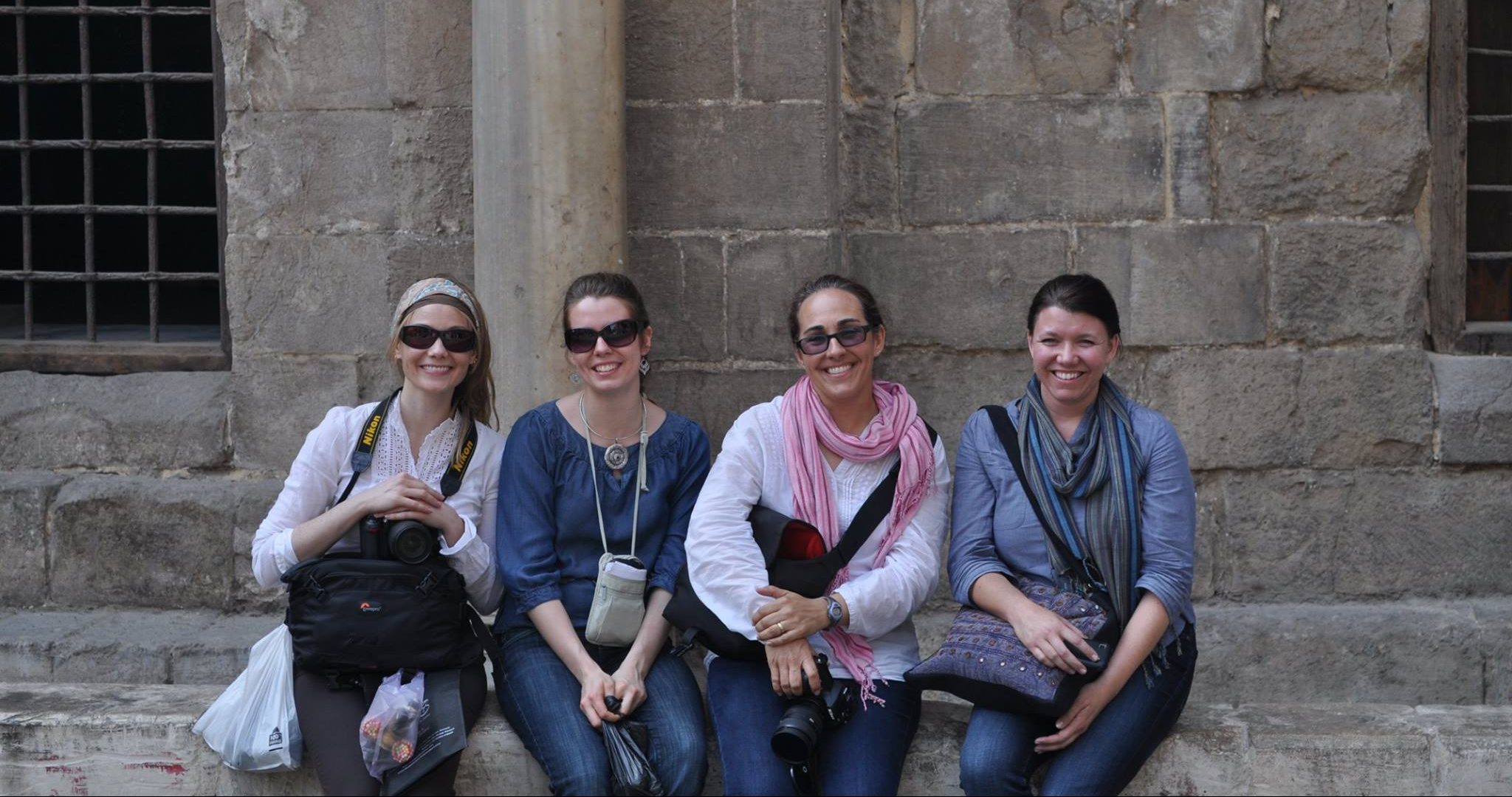Muslims all over the world celebrate two major feast days or “Eids” – Eid al-Fitr and Eid al-Adha. Eid al-Fitr is the first to occur, falling after the Islamic month of Ramadan. In Egypt, the first of these holidays is affectionately known as “Little Eid.” The second is a bigger deal, in terms of significance and days off – usually a complete week – hence the nickname “Big Eid.” Eid al-Adha (Big Eid) falls on the tenth day of the final month of the Islamic calendar and ushers in the Hajj.
Big Eid is just around the corner, everyone. If this is your first year in Egypt, you may benefit from a little tutorial. The following is a “Beginner’s Guide to Big Eid.” Read on!
- In the days before al-Eid, you will notice pens of cows on street corners or herds of sheep in traffic circles. You may see trucks packed with goats or even camels on the ring road. These animals await the slaughter.
- ّّI know “slaughter” is a bit of a harsh word in English, but it’s the correct translation of the Arabic word that refers to the very particular, intentional, and (from a non-vegetarian perspective) humane way that is used to sacrifice these animals.
- “Sacrifice” may also seem a surprising word, but that is, in fact, the purpose for the slaughter. Here’s the background: Eid al-Adha commemorates the Old Testament Bible story when Abraham is commanded to sacrifice his son, but then is stopped, mid-strike, by an angel. God then provides a lamb to take the place of Abraham’s son. Muslims sacrifice certain four-legged animals on al-Eid to commemorate God’s intervention.
- Generosity is another hallmark of Big Eid. Believers divide the meat of the sacrificed animal into three portions: one part is taken by the family that sacrifices the animal, one part is shared with family and friends, and the third part is shared with the poor.
- Some families purchase an animal and have the butcher come to their homes to perform the slaughter. I have been a guest of this event several times, standing as witness outside villas in Maadi and in the crowded streets of Shubra. If you have the stomach for it, I recommend you ask a Muslim friend to invite you. Not every individual family purchases a whole animal, however. Many people partner with other family members or friends and divide the meat among themselves.
- No invitation? No problem. You can always walk to your nearest butcher and see animals being slaughtered and the meat sold by the piece to customers unable or unwilling to purchase a whole animal. Once again, mind your stomach. I thought it would be interesting to take my kids on a walk down a street in Maadi many years ago on the first day of al-Eid. I knew this street had multiple butchers and I figured they’d get an interesting cultural experience. Well, let’s just say this: that was the day my oldest decided to become a vegetarian. None of my other kids will ever let me live it down. So I’ll say it one last time: mind your stomach and your companions’ sensitivities.
- Sort of like the “Twelve Days of Christmas,” there’s the “Four Days of Eid.” Many shops will be closed on the first day of al-Eid. The larger, more Western supermarkets will usually open the day after, but most fruit and vegetable vendors will be absent for the entire week. Word to the wise: stock up now.
- And finally, as with any holiday, there’s food. You’ll find all the celebratory foods present during al-Eid, especially a dish known as fattah. Of course, you can find excellent fattah at any one of these restaurants, but I urge you to make it yourself. Oh, how proud your local friends will be when you post pictures of your fattah on Instagram.
- And with that, there’s only one thing left to learn – what to say the first time you greet someone after al-Eid begins. Are you ready? “Eid Mubarak,” or “Blessed Eid.” And indeed, I wish you a blessed Eid to you and yours.


